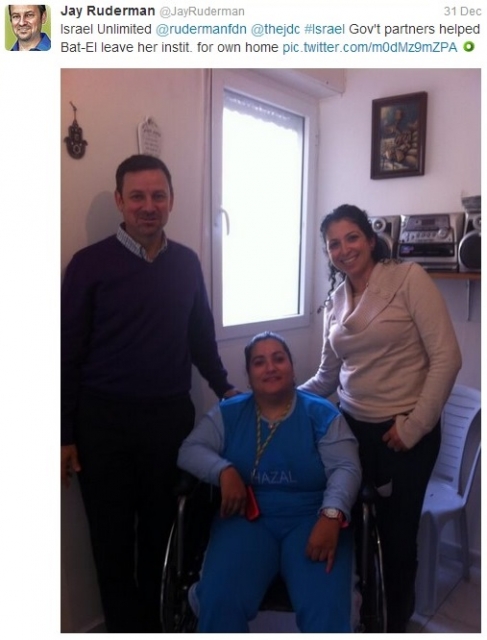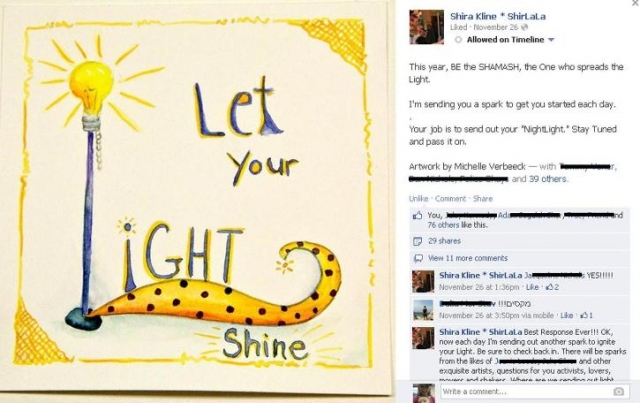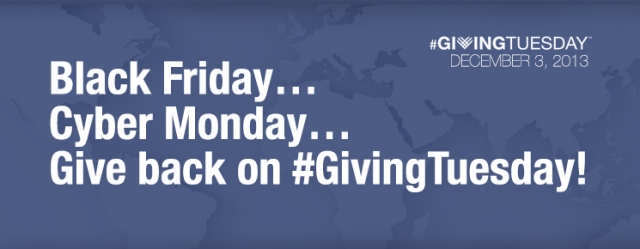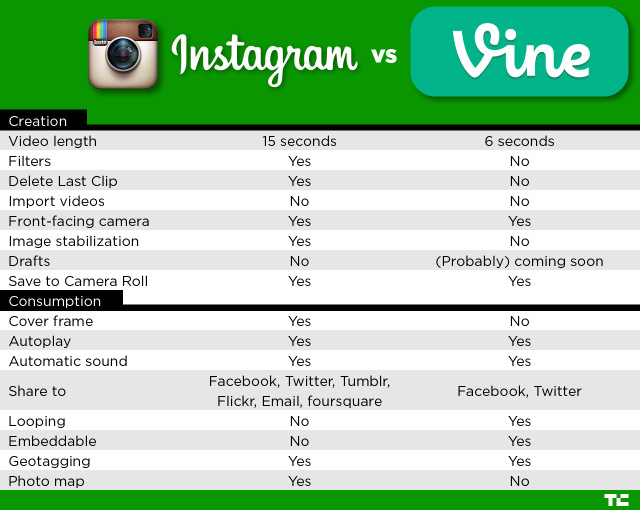Here’s the current state of a conversation about social media and Jewish values happening on my Facebook profile. What would you add?
Ok, everybody – favorite Jewish values and/or texts that could potentially relate to social media. And…go!
(Whaddya think, Anita Salzman Silvert, David Paskin, Rabbi Jason Miller, Elizabeth Wood, Carrie Bornstein, Arnie Samlan? Others?)
Elizabeth Wood Al Tifrosh min hatzibur – Do not separate yourself from the community (i.e. figure out always how to keep yourself connected!)
Irene Lehrer Sandalow Al Tifrosh Min Hatsibur. Social Media makes sure stay you connected to your community.
Miriam Brosseau Whoah, Elizabeth and Irene, you are totally on the same wavelength… and it’s a great call, thanks!
Isaac Shalev Emor me’at ve’aseh harbeh – say little and do lots – should be Twitter’s mission statement
Sara Shapiro-Plevan I’d say that “im ein ani li, mi li” and the rest of that mishna speaks beautifully to the fact that we are nodes in a larger network and not just in relationship with ourselves. Also, Pirke Avot ch. 6 talks about drawing close to colleagues and students, not separating one’s self from community, knowing and contributing to the knowledge of others, and sharpening others’ knowledge as well.
Carrie Bornstein Sara – you JUST beat me to it!
Carrie Bornstein If I am not for myself, who will be for me? (Have a voice in the online world – make your presence known.) If I am only for myself, what am I? (Engage your community – advocate on behalf of others) If not now, when? (Just do it – act in the moment.)
Anita Salzman Silvert I would add the whole Lashon Ha-rah issue. Just using some of the text in a little presentation on the jewish values found in “The Music Man” …think pick a little talk a little…!
Carrie Bornstein Eizeh hu chacham? HaLomed miKol Adam. Who is wise? The one who learns from all others.
Naomi Malka Da Lifnei Mi Ata Omed—be mindful of your values wherever you go and whatever you say in cyberspace.
Yehudit Batya Shrager The essence of tsniut is being independent of the good opinion of other people. (For the DL on tsniut read “Outside/Inside” by Gila Manolson.) In other words, know what to share and what to keep to yourself and do not define yourself based on how many “friends/followers” you have or how many people “like,” your status updates.
Phil Liff-Grieff malbin panav- it is important to remember that one’s words have serious ripples (sort of a riff on the lashon ha-ra thread….)
Arnie Samlan What about the whole concept of a minyan? That there is a tipping point at which enough human-social energy gathers.
Lisa Narodick Colton Wow, this is great. I’ll add tzimtzum — needing to contract oneself to make room for others to create. good for community guidelines — don’t be a conversation hog.
Larry Brown Excellent topic, Miriam! I believe Pirkei Avot says to find a Rabbi/Teacher and sit at his feet and study. The whole concept of the Oral Torah is that one cannot truly understand Torah simply by reading text, one must learn from others. That is why our ancestors were so reluctant to write it down. Interactive social media can be seen as another way of learning from others.
Paul Wieder Pirsumei Nisah— from Chanukah. Want everyone to know about a miracle? Put it in the window!
“Who is wise? The one who learns from all”- Pirkei Avot
Arba Kanfot— the idea that, while Jews are spread to the “four corners” of the world, we are united.
“A father who does not teach his son a trade teaches him to steal.”— We are required to teach as well as learn, to pass on our knowledge.
Carrie Bornstein In case you haven’t seen it, this thread keeps reminding me of this: http://www.cjnews.com/index.php?q=node%2F90054
Stanley Mieses Kol Yisroel and Derech Eretz. There is no them….only us.
Geoffrey Mitelman I’d add that in our ever-more-interconnected world, g’milut chasadim and tikkun olam are becoming more and more synonymous.









